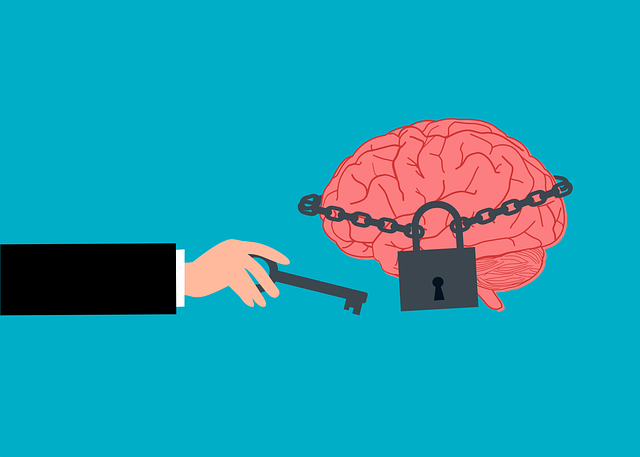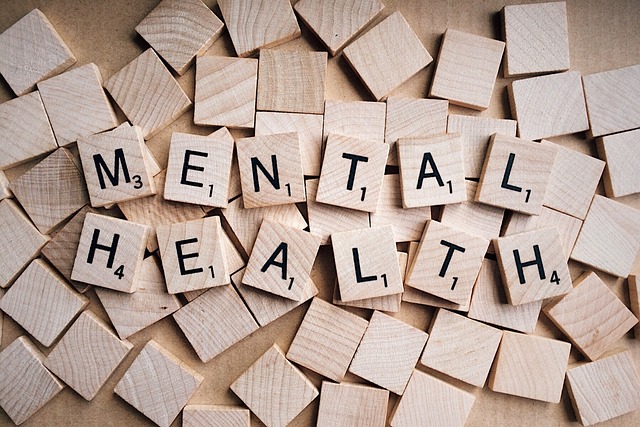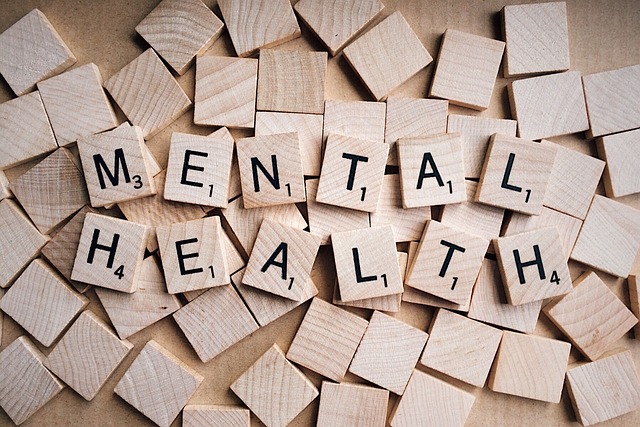Boulder Adolescent and Teen Therapy leverages community outreach to address adolescent mental health issues through tailored programs in schools, community centers, and online. Their initiatives combat stigma, equip teens with coping strategies, and foster safe spaces for open dialogue, promoting resilience and well-being. Using a needs assessment, they design mind over matter programs that build trust and accessibility, accounting for cultural sensitivities. Success is measured by immediate awareness increases and long-term emotional well-being improvements, despite sustainability challenges like funding instability.
In today’s digital era, community outreach programs play a pivotal role in adolescent mental health support. This article explores the transformative power of these initiatives, focusing on Boulder Adolescent and Teen Therapy as a case study. We’ll delve into their implementation strategies, from understanding their significance to creating a step-by-step guide for success. Additionally, we’ll examine long-term benefits and challenges, highlighting the key to sustainability in community outreach for teen therapy.
- Understanding Community Outreach Programs: Their Role and Impact in Adolescent Mental Health
- Implementing Effective Strategies: A Step-by-Step Guide for Boulder Adolescent and Teen Therapy
- Measuring Success and Building Sustainability: Long-Term Benefits and Challenges for Community Outreach in Teen Therapy
Understanding Community Outreach Programs: Their Role and Impact in Adolescent Mental Health

Community outreach programs play a pivotal role in addressing adolescent mental health issues and fostering holistic well-being. These initiatives are designed to connect with young individuals where they are, whether that’s through school settings, community centers, or online platforms. By implementing tailored programs, such as counseling sessions, workshops on stress reduction methods, and activities promoting self-esteem improvement, Boulder Adolescent and Teen Therapy aims to combat the growing mental illness stigma while offering much-needed support.
These outreach efforts not only help in early identification of mental health concerns but also empower adolescents with coping strategies and resilience. They create safe spaces where teens can openly discuss their challenges, learn about available resources, and build supportive networks. By integrating these programs into the fabric of local communities, Boulder Adolescent and Teen Therapy seeks to reduce the impact of stress and anxiety, boost self-esteem, and ultimately contribute to a healthier, more resilient adolescent population.
Implementing Effective Strategies: A Step-by-Step Guide for Boulder Adolescent and Teen Therapy

Implementing effective community outreach programs is crucial for Boulder Adolescent and Teen Therapy to reach and support a wider range of young individuals. A step-by-step guide can help professionals navigate this process successfully. Firstly, assess the needs of the local community, identifying specific areas where therapy services might be lacking or needed most. This involves engaging with community leaders, school counselors, and parents to understand prevalent challenges among adolescents and teens.
Once identified, Boulder Adolescent and Teen Therapy can develop tailored programs that incorporate mind over matter principles to build resilience and promote mental well-being. These initiatives should be designed to foster trust and accessibility, considering potential cultural sensitivities and barriers to care. Implementing risk management planning is also essential for the safety of both clients and professionals, especially when engaging with vulnerable populations. This includes ensuring confidentiality, providing clear consent processes, and establishing safe spaces within the community.
Measuring Success and Building Sustainability: Long-Term Benefits and Challenges for Community Outreach in Teen Therapy

Measuring the success of community outreach programs in teen therapy is a multifaceted endeavor. While immediate outcomes like increased accessibility to services and elevated awareness about mental health can be easily tracked, evaluating long-term benefits requires a deeper dive into the impact on participants’ emotional well-being promotion techniques and emotional regulation skills. Boulder Adolescent and Teen Therapy, for instance, has seen success in community outreach by focusing on holistic emotional healing processes, fostering environments where teens feel heard and supported.
However, building sustainability poses its own set of challenges. Ensuring continuity of care and maintaining the momentum generated through initial outreach efforts can be challenging. Funding instability, changing community needs, and staffing fluctuations are some of the obstacles that necessitate continuous innovation and adaptation in program design. Despite these hurdles, the long-term gains—including improved emotional resilience, enhanced coping mechanisms, and better overall mental health—make community outreach in teen therapy a vital strategy for fostering resilient and thriving communities.
Community outreach programs play a pivotal role in enhancing Boulder Adolescent and Teen Therapy’s impact, addressing adolescent mental health challenges head-on. By implementing effective strategies, as outlined in this guide, therapists can create sustainable change. Measuring success involves tracking long-term benefits, such as improved access to care and reduced stigma, while also acknowledging the challenges, including resource allocation and community buy-in. Ultimately, these programs are game-changers, fostering healthier, more resilient communities for Boulder’s young people.












